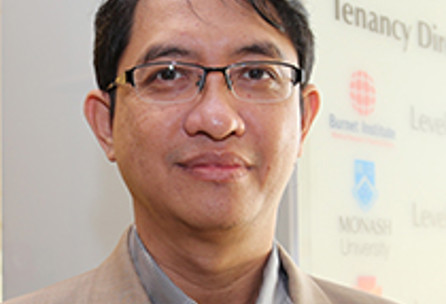The availability of antiretroviral therapy (ART) in Myanmar has undergone significant improvements. With the availability of ART and improved health, people with HIV can live longer. Treatment may allow people to re-enter the economy, and thus will contribute to lessening the economic impact at the individual, household and community levels, as demonstrated in other settings. However, this is not always the case. Also of significant importance, both socially and economically, is the effect that HIV can have on people who are close to the positive person. Understanding these impacts is of utmost importance to mitigate their effects. Mitigating the negative socioeconomic effects of HIV requires early intervention that will prevent households from entering a continual spiral of sickness, discrimination and increased health related costs.
This project aimed to:
- Assess the household level socioeconomic impact of HIV in Myanmar to inform national policies related to social protection, stigma and discrimination and continuum of care for HIV positive people and their households
- Examine and highlight the potential differential socioeconomic impacts of HIV on women, girls, children, and key populations (MSM, transgender persons, sex workers, and PWID)
Assess the extent of disabilities among people living with HIV - Develop strategies on HIV impact mitigation policies and programs, to inform the national HIV and AIDS, poverty reduction and social protection strategies
- Examine the development implications of the findings, particularly in light of achieving the MDGs and the post-2015 agenda
February 2014 - 2015

Doctor Phone Myint Win
Contact Doctor Phone Myint Win for more information about this project.
Funding
Partners
- United Nations Development Programme
Partners +
Collaborators
- Department of Health
- Department of Medical Research (Lower Myanmar)
- Ministry of Health
- Ministry of Labour
- Ministry of Planning
- Ministry of Social Welfare
- Myanmar Positive Group
- National AIDS Program
- International Labour Organisation
Project
Team
Meet the project team. Together, we are translating research into better health, for all.



